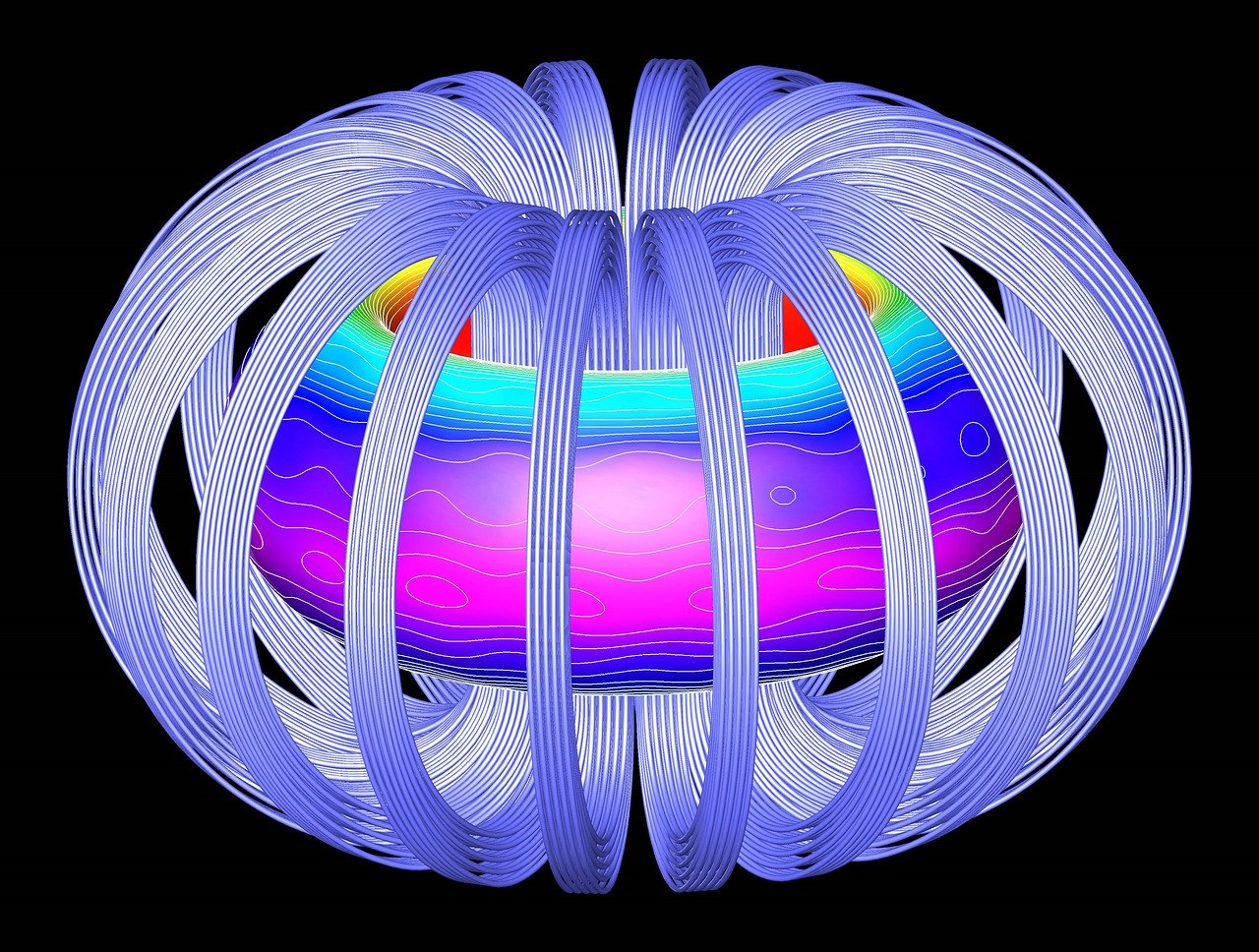Can a breakthrough in computer coding help cut years of the distance that keeps us apart from having a working nuclear fusion reactor? According to two collaborating research teams from the U.S. Department of Energy and the Princeton Plasma Physics Laboratory, this is exactly the case.
The researchers have presented the code which is dubbed “XGC-S”, calling it an accelerator in the development of the stellarator part. The stellarator is a key component in fusion reactors, as it is the core vessel that confines the plasma around which powerful magnets operate.
If you’re wondering how a piece of code can help in the development of a twisting magnetic coil, the answer is “computer simulation”. XGC-S can help scientists simulate the plasma behavior inside the stellarators, figure out which designs result in stable conditions across the various operational phases, and make the appropriate adjustments to achieve the desired results. Of course, a simulation was always going to be the main path of development for these components, but having something that works with the required accuracy was simply elusive so far. Simulating things that play out at the absolute verge of our knowledge and understanding isn’t easy at all, and this is where the value of XGC-S lies.
Already, the teams of researchers have managed to determine which stellarator shapes contain heat and maintain fusion conditions in the most efficient and stable manner. It will take them many simulation rounds to end up with the absolute optimal design, but we’re already moving forward through a shortcut here. The researchers will continue to work on the enrichment of the XGC-S, and the next step will be to implement the ability to simulate turbulence effects in the leaking of heat in the reactor. If they manage to incorporate this on the XGC-S code, the shortcut will get even shorter, and the point of realizing a working fusion reactor will come closer.
Article Source: SiliconRepublic and AIP
Image by skeeze from Pixabay






